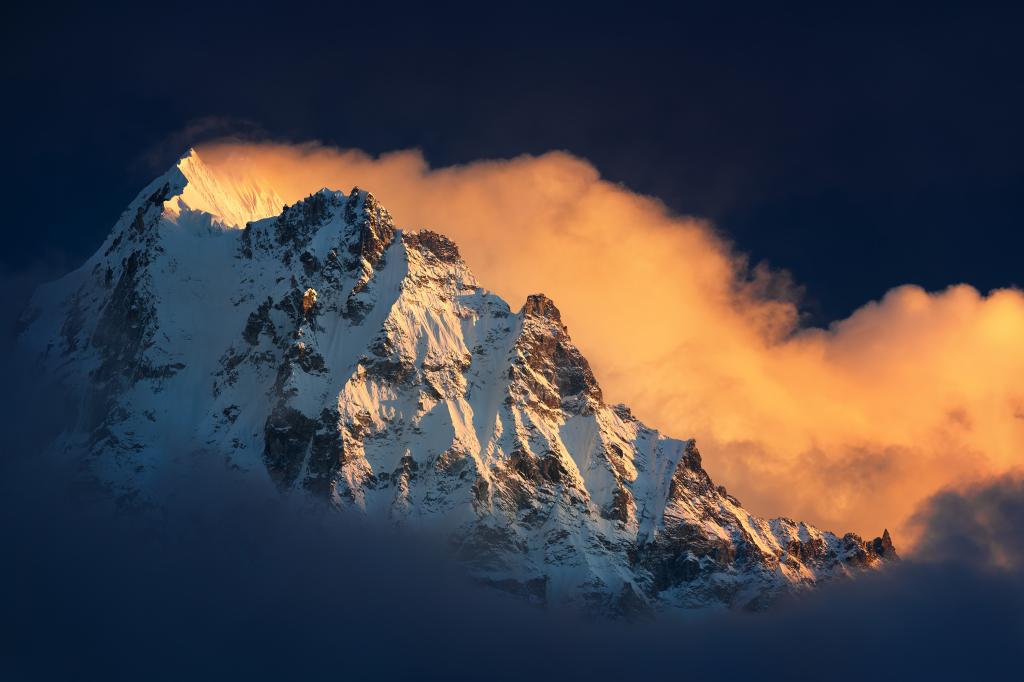Tibet’s sky is practically empty in comparison to other regions due to the treacherously high mountains of the Himalayas. These mountains, reaching up to 14,800 feet, make it dangerous for planes to fly over the Tibetan Plateau unless necessary for landing at one of its five airports. In the event of a cabin decompression, descending to a safe altitude with more oxygen, such as 8,000 feet, would not be feasible if flying over this mountainous region. Additionally, the mountains can create turbulence due to air masses being forced up by the terrain, leading to unpredictable and potentially dangerous flight conditions.
The mountains in Tibet are too high for planes to safely fly over, as their cruising altitude of 30,000 to 42,000 feet is no match for the towering peaks of the Himalayas. The risk of rapid descent, caused by cabin decompression or other emergencies, is heightened over this region, making it an unpopular flight path for commercial airlines. Turbulence is also a concern when flying over mountains, as the air can create oscillations and currents that result in turbulent conditions, potentially putting passengers and crew at risk.
Recent reports suggest that turbulence on flights is becoming more common, with incidents such as a Korean Air flight experiencing severe turbulence that caused personal belongings and even passengers to be tossed around the cabin. This highlights the importance of wearing seat belts during flights to minimize the risk of injury in the event of unexpected turbulence. As airlines navigate these challenges, the avoidance of flying over the Himalayas in Tibet due to its high mountains and potential risks remains a standard practice to ensure the safety of passengers and crew aboard commercial flights.
The Tibetan Plateau covers approximately 970,000 square miles, making it a vast and mountainous region that poses challenges for air travel. With the towering mountaintops of the Himalayas and the highest peak on Earth, Mt. Everest, the terrain is both breathtaking and perilous. This combination of beauty and danger makes Tibet a unique and awe-inspiring destination but also one that demands caution and specialized navigation for those traveling through its skies.
While the beauty of Tibet’s mountains and landscape is undeniable, the obstacles they present to commercial air travel are significant. The need for careful route planning and consideration of safety factors, such as cabin decompression and turbulence, has led most airlines to avoid flying over the region unless absolutely necessary. As technology advances and flight safety protocols continue to evolve, strategies for navigating challenging terrains like the Himalayas may continue to improve, offering new possibilities for exploring this breathtaking region from the sky while prioritizing passenger safety above all else. In the meantime, the empty skies over Tibet serve as a reminder of the unique challenges and wonders that come with flying over some of the world’s most majestic mountain ranges.















